Have you ever watched a frog jump or a snake slither? It’s truly thrilling! Across the USA, numerous places let you see these cool animals right in their natural habitats. From the lush, wet swamps of Georgia to the expansive forests of North Carolina, there are plenty of spots perfect for amphibian and reptile watching USA.
Going on a reptile watching USA trip is not just fun but also educational. It helps us understand the importance of these creatures and what actions we can take to protect their environments. Before you pack your bags, it’s useful to know the best times and places to find them.
This guide will introduce you to the best spots for observing amphibians like frogs and salamanders, as well as reptiles like snakes and turtles. You’ll learn about five fantastic places for each. Are you ready to meet some of the most interesting wildlife out there? Let’s discover where you can go to see these amazing animals up close!
Top 5 Amphibian Watching Spots
Now, let’s look at the best spots to watch amphibians in the USA. From swampy marshes to misty forests, these places are full of life. Here are five top locations where you can watch frogs, salamanders, and other amphibians in their natural settings. Ready to see where to go first?
1. Okefenokee National Wildlife Refuge, Georgia
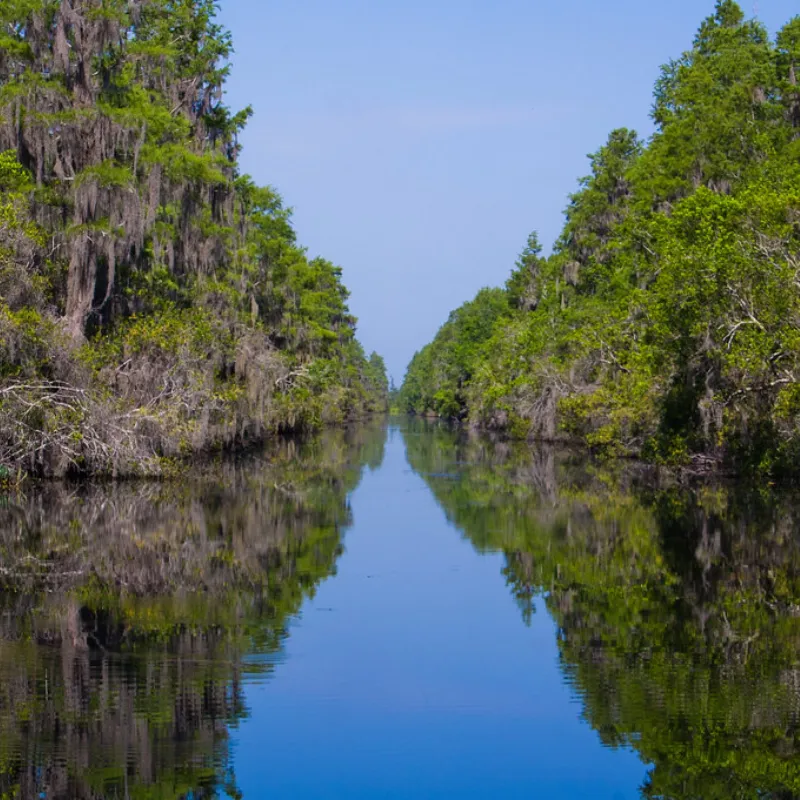
The Okefenokee National Wildlife Refuge in Georgia is a vast swamp area, home to a rich array of wildlife. This 400,000-acre refuge is a mosaic of cypress forests, swamp prairies, and dark waterways. It’s the perfect spot to see a variety of amphibians. Here, you might spot the dwarf siren, a rare, eel-like salamander, or hear the chorus of the Southern chorus frog. This refuge has a long history of protecting these unique wetlands and the creatures that call them home.
Best Times of Year for Sightings
- Spring: Amphibians are most active, making it a great time to hear and see them.
- Early Summer: Look for juvenile amphibians starting to explore.
- After Rain: Amphibians are often more visible and active after rainfall.
Visitor Tips and Guidelines
- Stay on Designated Paths: To protect wildlife and their habitats.
- Use Binoculars: To watch amphibians without disturbing them.
- Avoid Flash Photography: It can startle wildlife.
- Visit During Guided Tours: Experts can enhance your experience by pointing out hard-to-spot creatures.
- Check Weather Conditions: Prepare appropriately as the area can be damp and buggy.
2. Congaree National Park, South Carolina
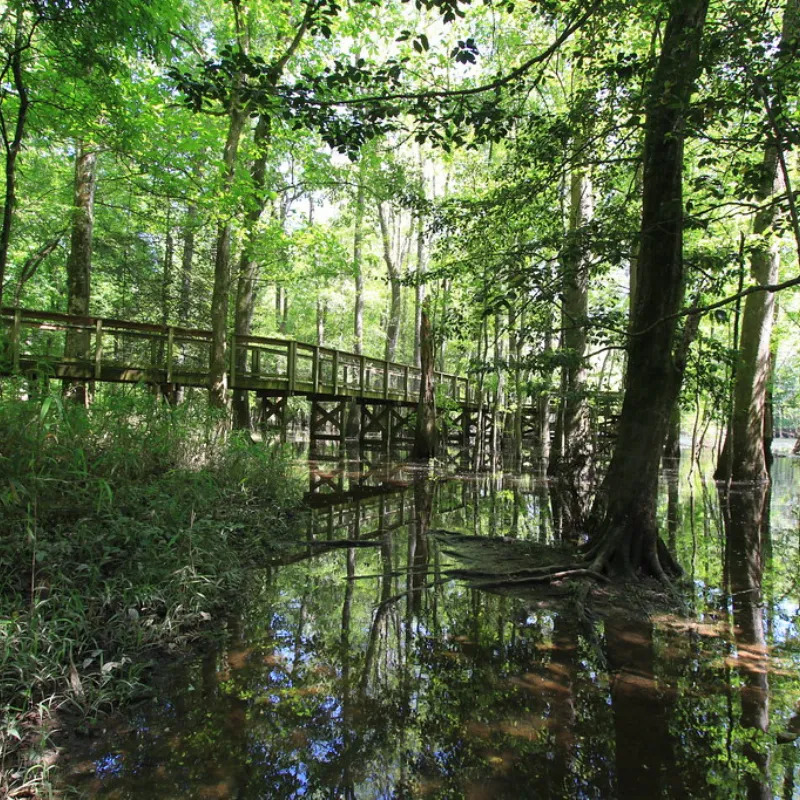
Congaree National Park is a primeval forest sanctuary with some of the tallest trees in the eastern USA. Spanning over 26,000 acres, this park features floodplain forests and a network of waterways, creating a lush environment where amphibians thrive. Historically preserved as a national park in 2003, Congaree protects a significant old-growth floodplain forest that harbors a diverse ecosystem. The park is known for its biodiversity, including numerous amphibian species that flourish in its watery terrain.
Special Species like the Congaree National Park Frog
- Unique to the Area: This frog species is named after the park itself.
- Habitat: Prefers the park’s moist and shadowy environments.
- Conservation Status: Observations contribute to understanding and protecting this local species.
Information on Guided Tours and Night Walks
- Guided Nature Walks: Offered regularly to explore the park’s unique ecosystem.
- Night Walks: Special tours that focus on nocturnal wildlife, including amphibians.
- Canoe Tours: A way to see amphibians from the park’s waterways.
- Ranger Talks: Learn about the park’s amphibians from knowledgeable staff.
- Check Schedule: Visit the park’s website or visitor center for the latest tour schedules and to book in advance.
3. Everglades National Park, Florida

Everglades National Park, spanning the southern tip of Florida, covers 1.5 million acres of wetland ecosystems. Established in 1947, this park is a World Heritage Site known for its vital role in preserving a unique and delicate ecosystem. The park’s slow-moving waters create the perfect environment for a diverse array of wildlife, including a rich variety of amphibians such as tree frogs, salamanders, and rare species like the American crocodile.
Tips for Eco-Friendly Visits
- Stick to Trails and Boardwalks: Minimize your impact on natural habitats.
- Carry Out Trash: Help keep the park clean and wildlife safe.
- Use Eco-Friendly Sunscreen: Protect the water quality and aquatic life.
Educational Programs Related to Amphibian Conservation
- Ranger-Led Walks: Learn about amphibian habitats and challenges they face.
- Workshops: Engage in activities focused on conservation practices.
- Junior Ranger Programs: Special programs for kids to learn about environmental stewardship.
- Citizen Science Projects: Visitors can participate in monitoring and data collection.
- Educational Displays and Talks: Regularly scheduled talks highlight the importance of amphibians to the Everglades ecosystem.
4. Judge Roy Bean Visitor Center, Texas

The Judge Roy Bean Visitor Center, located in the arid landscapes of West Texas near the town of Langtry, provides a unique contrast with its lush wetland environments. Established to honor the famous “Law West of the Pecos,” this center also serves as a gateway to an unexpected haven for wildlife. Despite the surrounding desert, the center’s wetlands attract a diverse range of amphibian species, thriving in this oasis.
Focus on the Rare Amphibians
- Barred Tiger Salamander: Large and strikingly marked, a highlight for visitors.
- Chiricahua Leopard Frog: Notably resilient and adapted to this unique environment.
- Green Tree Frog: Vibrantly colored and often found near water bodies.
Visitor Information and Best Practices
- Stay on Paths: Always keep to marked trails to protect fragile habitats.
- *Follow Rules: Abide by all local guidelines and signage.
- No Littering: Dispose of all waste properly or take it with you.
- Quiet Observation: Keep noise to a minimum to avoid disturbing wildlife.
5. Great Smoky Mountains National Park, Tennessee/North Carolina
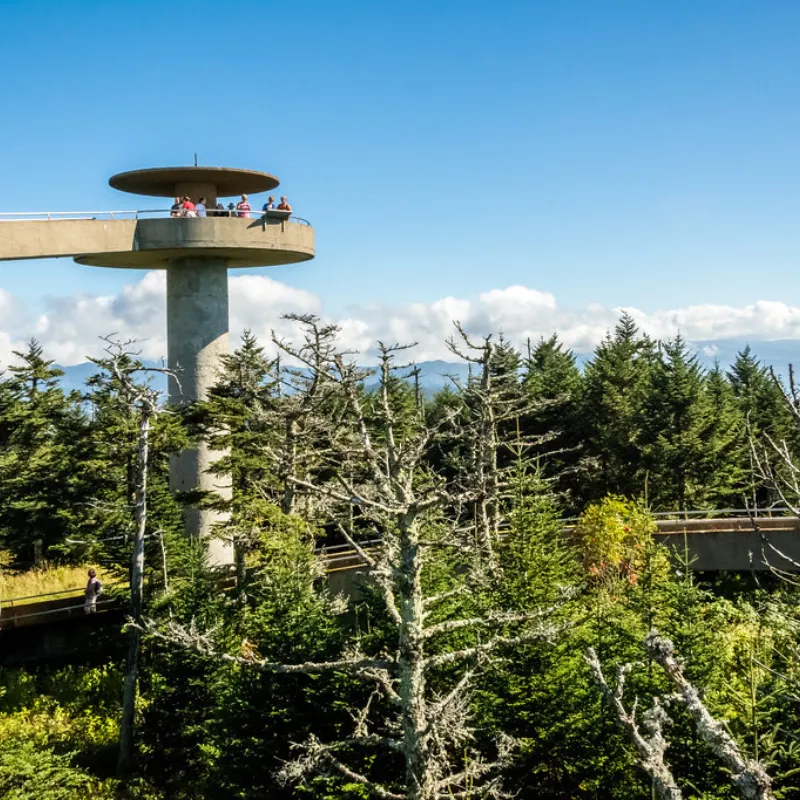
Great Smoky Mountains National Park, straddling the border between Tennessee and North Carolina, is renowned for its dense fog and rich biodiversity. Established in 1934, this UNESCO World Heritage Site is home to over 17,000 species, with many more believed to be undiscovered. The park is particularly famous for its salamander population, earning the nickname “Salamander Capital of the World.” The diverse range of elevations and ecosystems supports a variety of amphibian species, making it a premier destination for nature lovers and scientists alike.
Trails and Times for the Best Amphibian Viewing
- Alum Cave Trail: Early morning or late afternoon for optimal salamander activity.
- Porters Creek Trail: Springtime brings a burst of amphibian life.
- Rainbow Falls Trail: Visit after rainfalls for the best chance to see amphibians.
Conservation Efforts in the Park
- Habitat Protection Initiatives: Managing forests and wetlands to support amphibian life.
- Research and Monitoring Programs: Scientists study amphibians to understand and mitigate threats.
- Public Education Programs: Raising awareness about amphibian conservation.
- Partnerships with Conservation Groups: Collaborating with organizations to enhance habitat protection.
- Volunteer Opportunities: Allowing visitors to participate in conservation efforts directly.
Top 5 Reptile Watching Spots
Now let’s shift our focus to reptiles. There are amazing places across the USA where you can watch lizards, snakes, turtles, and more. These top five spots offer unique environments where these fascinating creatures thrive. Get ready to see where you can go to spot some incredible reptiles!
1. Big Bend National Civil Park, Texas
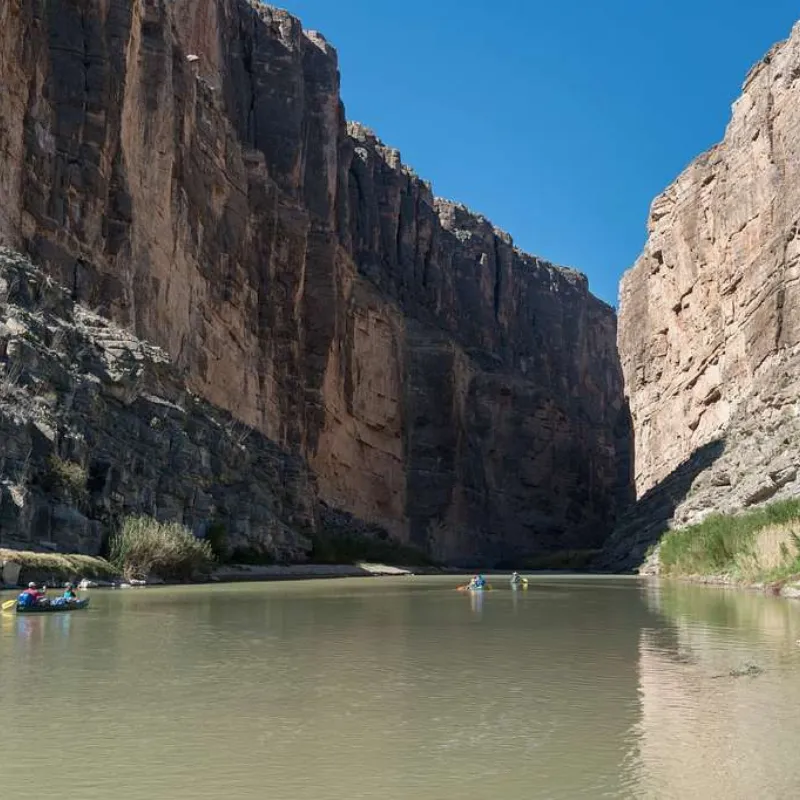
Big Bend National Park in Texas is a remarkable region where the Chihuahuan Desert meets the Chisos Mountains. This park covers over 800,000 acres, making it one of the largest protected areas of Texas. Its vast landscapes offer a dramatic backdrop for some of the most diverse reptile populations in the USA, including over 450 species of birds, 75 species of mammals, and numerous reptile species. The dramatic temperature variations and unique geological features create ideal conditions for a variety of reptile species.
Primary Reptiles to Watch
- Black-tailed Rattlesnake: Often found in rocky areas, known for its distinct rattling sound.
- Texas Horned Lizard: Iconic for its horned appearance, blending perfectly with the desert landscape.
- Trans-Pecos Rat Snake: Notable for its nocturnal habits and climbing skills.
Best Viewing Spots and Times
- Lost Mine Trail: Early morning or late evening during spring and fall.
- Santa Elena Canyon: Near the water sources, especially in the early morning.
- Boquillas Canyon: Ideal during the warmer months for spotting sunbathing reptiles.
2. Saguaro National Park, Arizona
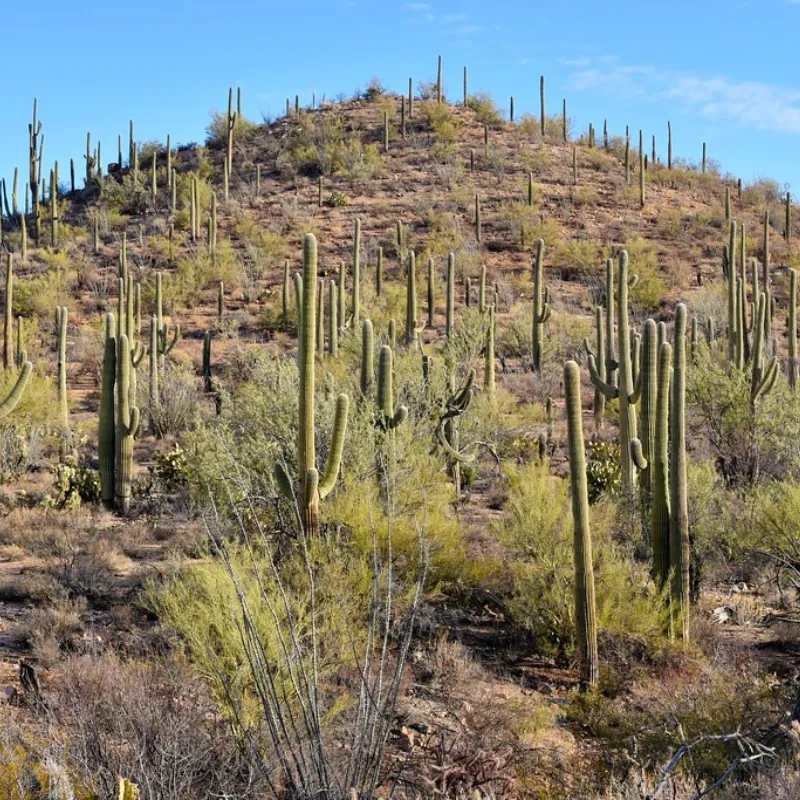
Saguaro National Park, named after the iconic Saguaro cactus, spans across the eastern and western parts of Tucson, Arizona. This park is celebrated for its vast desert landscapes and the towering cacti that dominate its skyline. Within this harsh, dry environment, a surprising variety of reptiles have adapted to thrive, making it an excellent place for reptile enthusiasts to visit. From venomous snakes to swift lizards, the reptiles here are as resilient as they are fascinating.
Prominent Reptile Species to Track
- Gila Monster: One of the few venomous lizards in the United States, easily recognized by its beaded skin and bright colors.
- Desert Tortoise: Known for its slow pace and ability to live in arid climates.
- Western Diamondback Rattlesnake: Commonly seen in the park, famous for its striking pattern and defensive rattle.
Best Viewing Spots and Times
- Douglas Spring Trail: Catch early morning activity in the cooler months.
- Cactus Forest Drive: Great for spotting reptiles from your car during the warmer parts of the day.
- Signal Hill Trail: Especially good in the late afternoon when reptiles might be sunning themselves.
3. Joshua Tree National Park, California
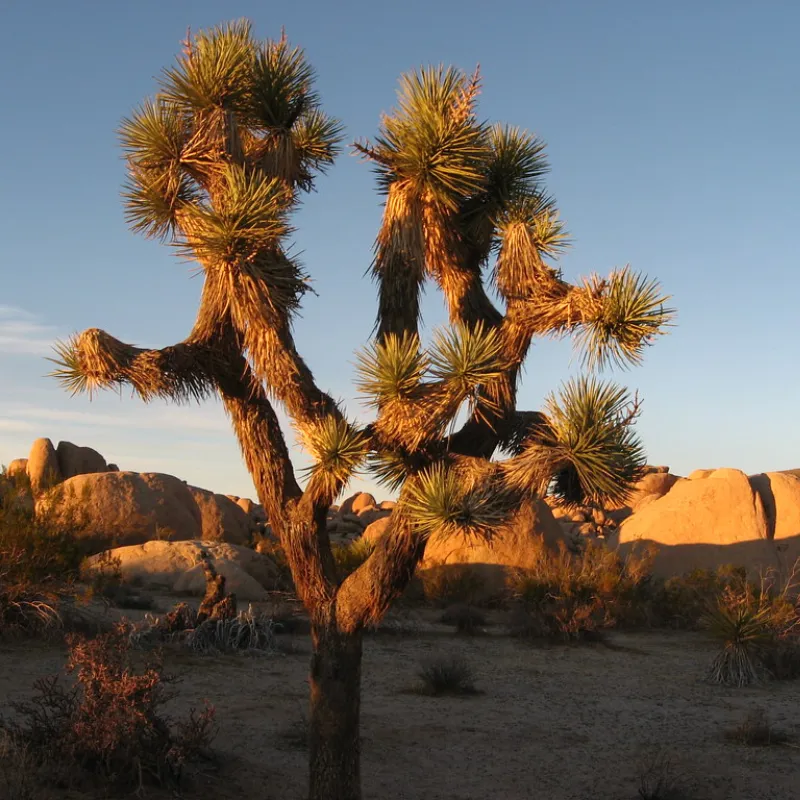
Joshua Tree National Park, known for its mesmerizing landscapes where the Mojave and Colorado deserts meet, features rugged rock formations and stark desert plains. This unique setting is home to some of the most interesting reptile species in North America. The park’s name comes from the Joshua trees that are scattered throughout the area, providing shelter and food for various wildlife.
Notable Reptile Species to Watch
- Chuckwalla: Large, plump lizards that are often seen basking on rocks.
- Desert Iguana: Typically found in valley bottoms and along desert washes.
- Mojave Desert Sidewinder: A small, camouflaged rattlesnake known for its distinctive sideways movement.
Best Viewing Spots and Times
- Hidden Valley: Early mornings are best for seeing reptiles as they warm up in the sun.
- Barker Dam: Late afternoon sightings are common here, especially near water sources.
- Skull Rock: Explore around sunset when temperatures start to drop and reptiles become more active.
4. Arches National Deational Park, Utah
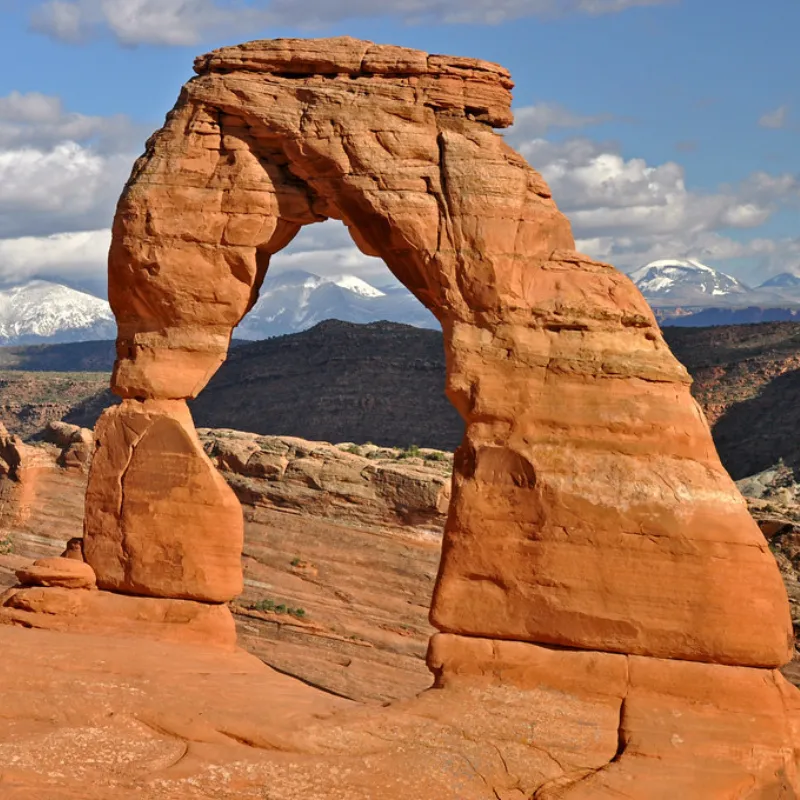
Arches National Park in Utah is famed for its breathtaking natural arches and vibrant red rock formations. This dramatic landscape, crafted by millions of years of erosion, provides a spectacular backdrop for reptile watching. The harsh, arid conditions and the rocky terrain are ideal for many reptile species that have adapted to thrive in this environment.
Top Reptile Species to Watch
- Collared Lizard: Known for their bright colors and ability to run on hind legs.
- Midget Faded Rattlesnake: A smaller rattlesnake species with a potent venom.
- Utah Banded Gecko: Often seen at night, these geckos are elusive and fascinating to observe.
Best Viewing Spots and Times
- Devils Garden: Early morning hours are best for catching reptiles as they sun themselves.
- Fiery Furnace: Look for reptiles late in the afternoon when they are most active.
- Windows Section: Reptiles can often be spotted along the trail edges during cooler parts of the day.
5. Anza-Borrego Desert State Park, California

Anza-Borrego Desert State Park, located in Southern California, is the largest state park in California and offers a vast expanse of desert landscape for exploration and wildlife viewing. Known for its rugged terrain, colorful badlands, and extensive desert flora, Anza-Borrego is a haven for many reptile species that have adapted to its extreme conditions.
Key Reptile Species for Viewing
- Desert Banded Gecko: Small and nocturnal, these geckos are a rare sight.
- Red Diamond Rattlesnake: Known for their striking red and brown patterns.
- Chuckwalla: Large and often found near rocky areas, sunning themselves.
Best Viewing Spots and Times
- Borrego Palm Canyon: Ideal in early morning or late evening when reptiles are active.
- Coyote Canyon: Afternoon is a good time to see reptiles along the sandy washes.
- Tule Wash: Keep an eye out during the cooler parts of the day.
Summing It Up
We’ve explored amazing spots across the USA perfect for watching both amphibians and reptiles. From the misty forests of the Great Smoky Mountains to the dry deserts of Saguaro National Park, these locations offer unique opportunities to see frogs, salamanders, snakes, and lizards.
Remember, staying on trails and using binoculars helps protect these creatures and their homes. By visiting these spots, we not only enjoy nature but also learn how important it is to conserve it. So pack your bags and set out on a wildlife adventure that supports conservation and education.



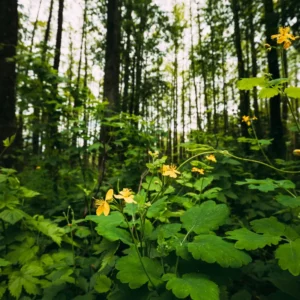

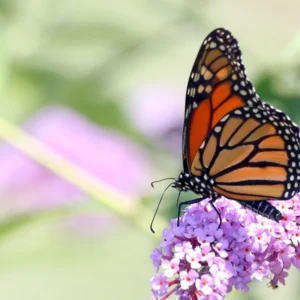
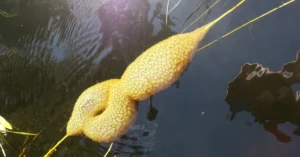

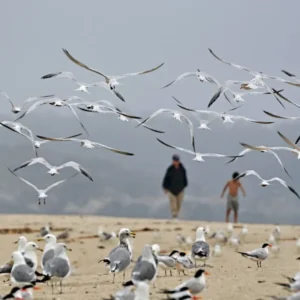
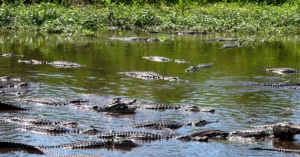
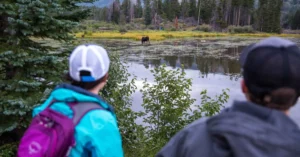
3 thoughts on “Top 10 Amphibian and Reptile Watching Spots in the USA”
Absolutely thrilled to see Great Smoky Mountains on the list, Julia! That place is a paradise for salamander enthusiasts. Did you know it’s sometimes called the ‘Salamander Capital of the World’? Would love to see some pics if you’ve got any.
Salamander Capital of the World?! That sounds magical! Are there specific trails you recommend for a first-timer?
@PixieDust Definitely start with the Alum Cave Trail. It’s not only stunning but you might spot some cool amphibians along the way. Early mornings or just before dusk are the best times.